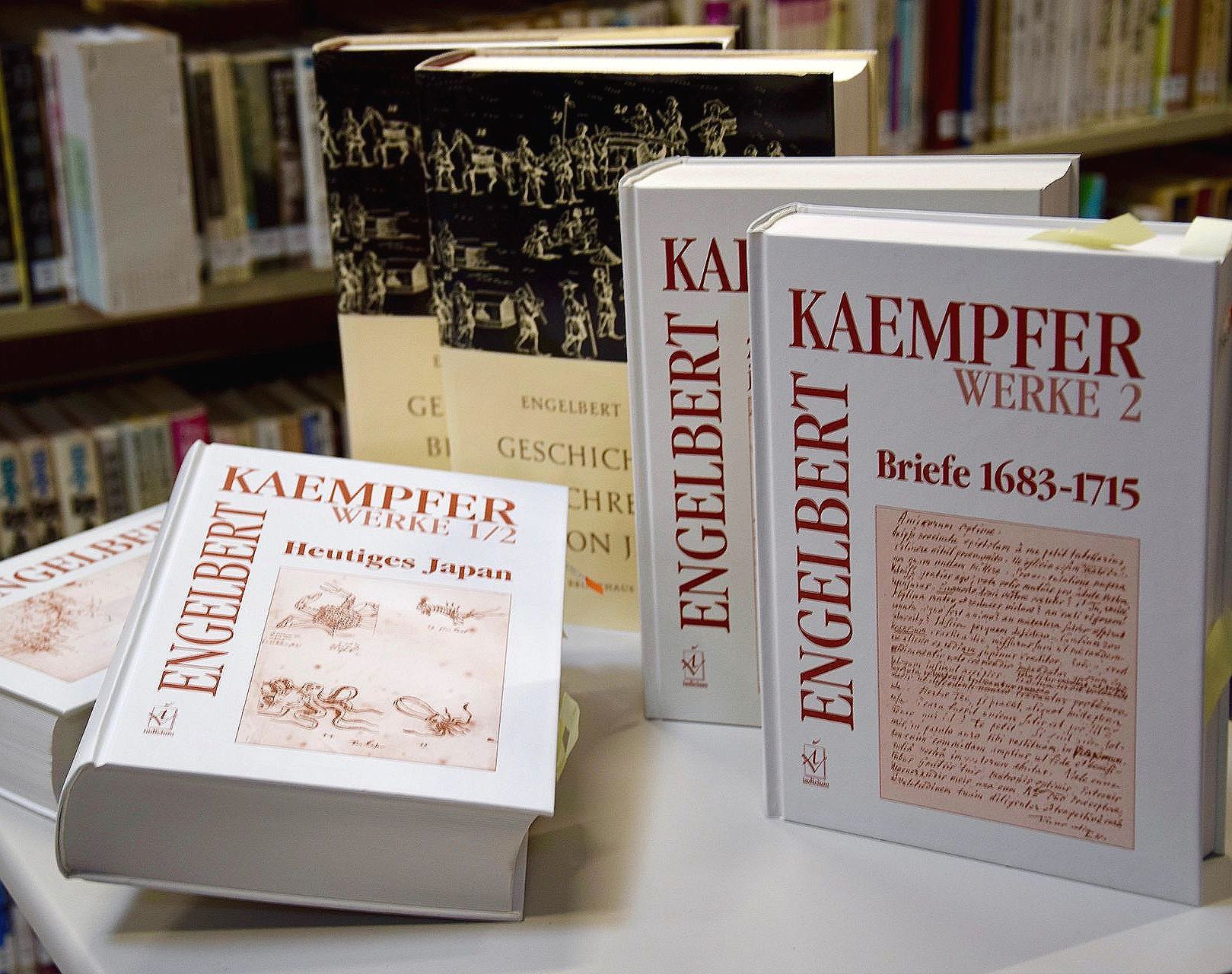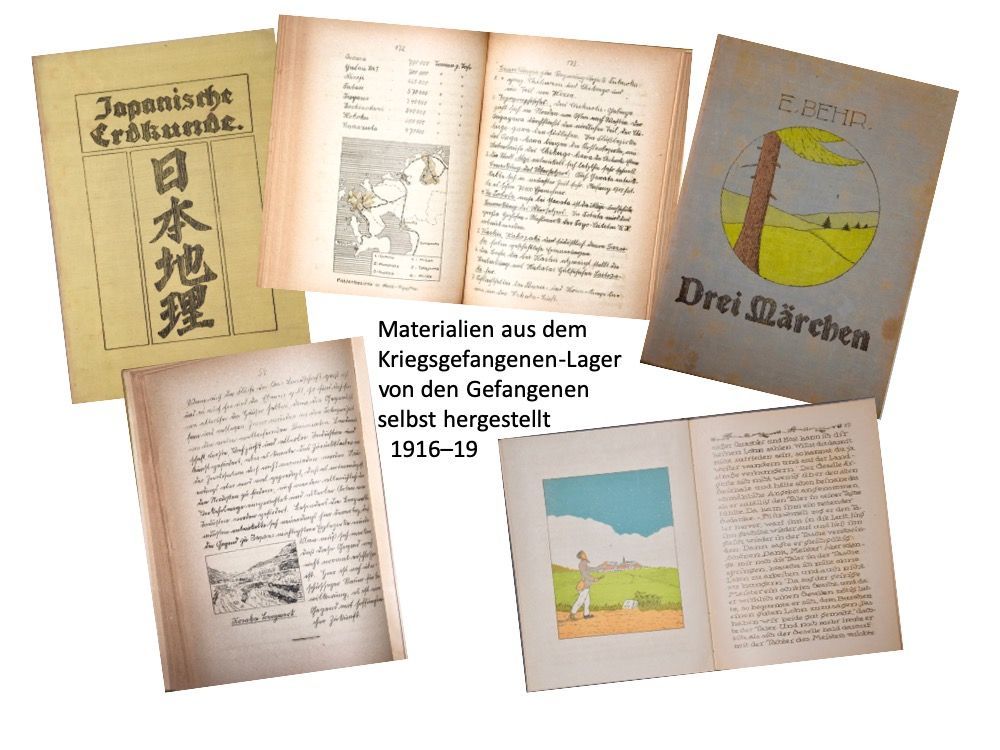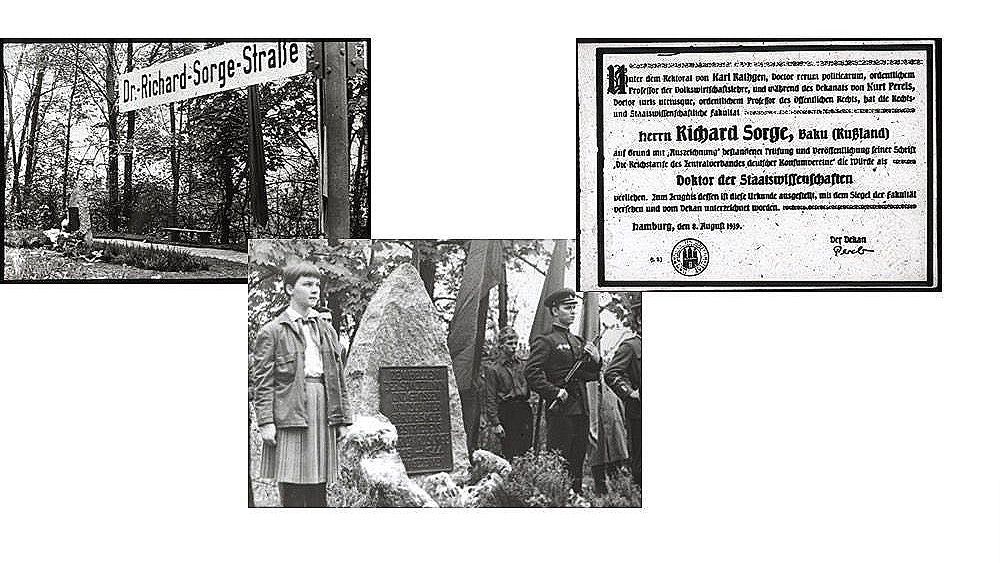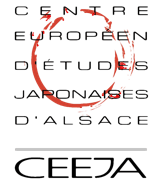Historical relations between the German-speaking region and Japan



Extensive collection of books, magazines and documents
Since the early 17th century, German-Japanese relations have produced a wide variety of written documents. The collection, which includes more than 2,000 titles from the 17th century to the present, is one of the largest in Europe on this subject. It contains scientific studies, contemporary travel reports, diplomatic sources, literature of various kinds, magazines, etc., many of which shaped the image of Japan in Germany and Europe.
These materials include sources on early travellers to Japan such as Engelbert Kaempfer and Philipp Franz von Siebold, as well as personal testimonies and reports from o-yatoi gaikokujin (foreign experts/hired foreigners) who contributed to the spread of Western knowledge in Japan in many fields during the Meiji period.
A significant part of the holdings about more recent relations are documents and photographs relating to German prisoners of war in Japan during the First World War, as well as testimonies from the period of German-Japanese "friendship" during the Third Reich, including many contemporary press photographs and newspaper clippings.
A special facet of German-Japanese relations is represented by a collection of books, documents and objects relating to Richard Sorge (1895–1944), the German journalist who spied for the Soviet Union in Japan during the Second World War. The focus is primarily on the afterlife of this figure.






